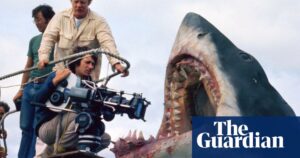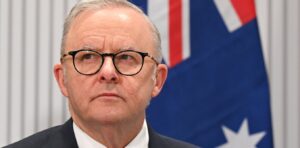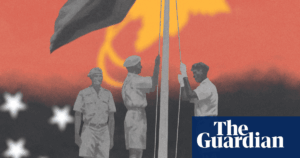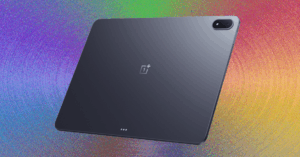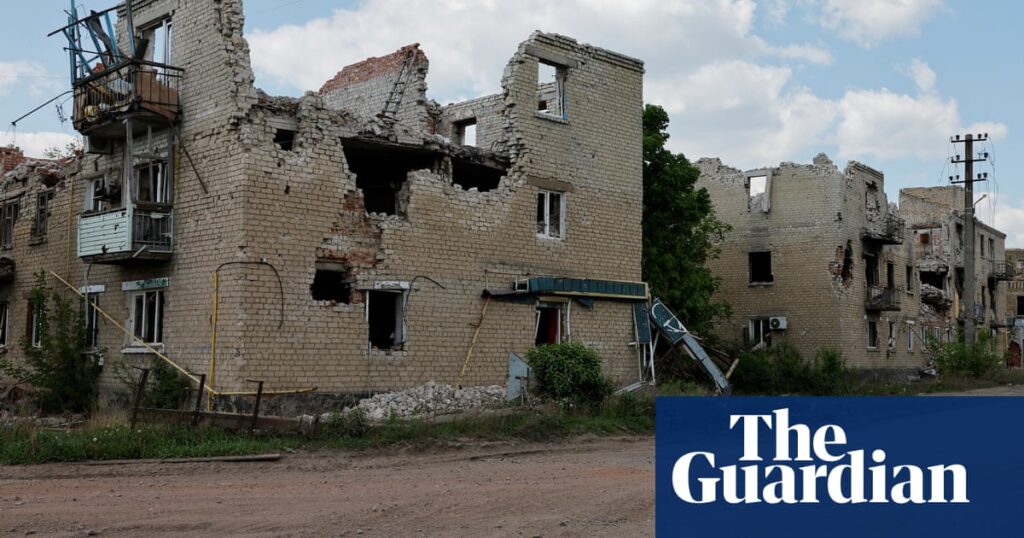
North Korea’s state media released images on Monday showing leader Kim Jong-un draping national flags over coffins, reportedly containing soldiers killed while fighting for Russia against Ukraine. This solemn ceremony coincided with the commemoration of a significant military treaty between the two nations. The photographs, set against the backdrop of a gala performance by North Korean and Russian artists in Pyongyang, depicted Kim Jong-un standing by rows of coffins, covering them with flags and pausing with both hands resting on them.
Meanwhile, Russian forces have reportedly captured a village in Ukraine’s Dnipropetrovsk region for the first time in their ongoing three-year offensive, according to Russian state media and pro-war bloggers. Dnipropetrovsk, located west of the Donetsk region, is not among the five Ukrainian territories over which Russia has formally claimed sovereignty. Ukrainian officials and the Russian defense ministry have yet to confirm these reports.
Russia’s Claim Over Luhansk
In a significant development, Moscow’s forces claim to have seized full control of Luhansk, one of the four regions Russia illegally annexed from Ukraine in September 2022, despite not fully controlling any at the time. Leonid Pasechnik, a Russia-appointed official in Luhansk, announced on Monday that if verified, this would mark Luhansk as the first Ukrainian region to be entirely occupied by Russia after more than three years of conflict. Kyiv has not yet responded to Pasechnik’s assertion.
“100% of the region is now under the control of Russian forces,” Pasechnik stated in an interview with Russia’s state TV Channel One.
This announcement comes amidst ongoing tensions and the broader geopolitical struggle over Ukraine’s territorial integrity. The alleged full control of Luhansk could potentially alter the dynamics of the conflict, prompting further international response.
International Reactions and Economic Implications
The European Union announced on Monday a new long-term trade agreement with Ukraine, focusing on agricultural imports. This decision follows protests from EU farmers, which led to the imposition of quotas on tariff-free Ukrainian agricultural imports. The agreement, which still requires finalization, will maintain these quotas for sensitive agricultural products, while Ukraine will reduce its quotas for pork, poultry, and sugar imports from the EU. Additionally, Ukraine aims to align its food production standards with the EU by 2028.
In parallel, the International Monetary Fund (IMF) confirmed the completion of its eighth review of Ukraine’s $15.5 billion four-year support program. This paves the way for an additional $500 million disbursement to Ukraine, bringing total disbursements to $10.6 billion. The IMF warned of “exceptionally high” risks to Ukraine’s economic outlook.
Diplomatic Stalemate and Future Prospects
German Foreign Minister Johann Wadephul, during his visit to Kyiv, criticized Russian President Vladimir Putin, asserting that Putin aims to “subjugate the whole of Ukraine and spread fear throughout Europe.” Wadephul dismissed Putin’s purported willingness to negotiate as a facade, echoing accusations from Kyiv and its allies that Russia is undermining diplomatic efforts. These efforts have stalled recently, despite Washington’s push for a swift peace agreement.
“Putin’s alleged willingness to negotiate is just a facade,” Wadephul remarked, underscoring the skepticism surrounding Russia’s diplomatic intentions.
The ongoing conflict and these recent developments underscore the complexities of the geopolitical landscape in Eastern Europe. As the situation evolves, international stakeholders continue to grapple with the implications of Russia’s territorial ambitions and the broader impact on regional stability.
Looking ahead, the international community remains watchful of Russia’s next moves and Ukraine’s resilience in the face of mounting challenges. The unfolding events are likely to shape the future of European security and international diplomatic relations.
